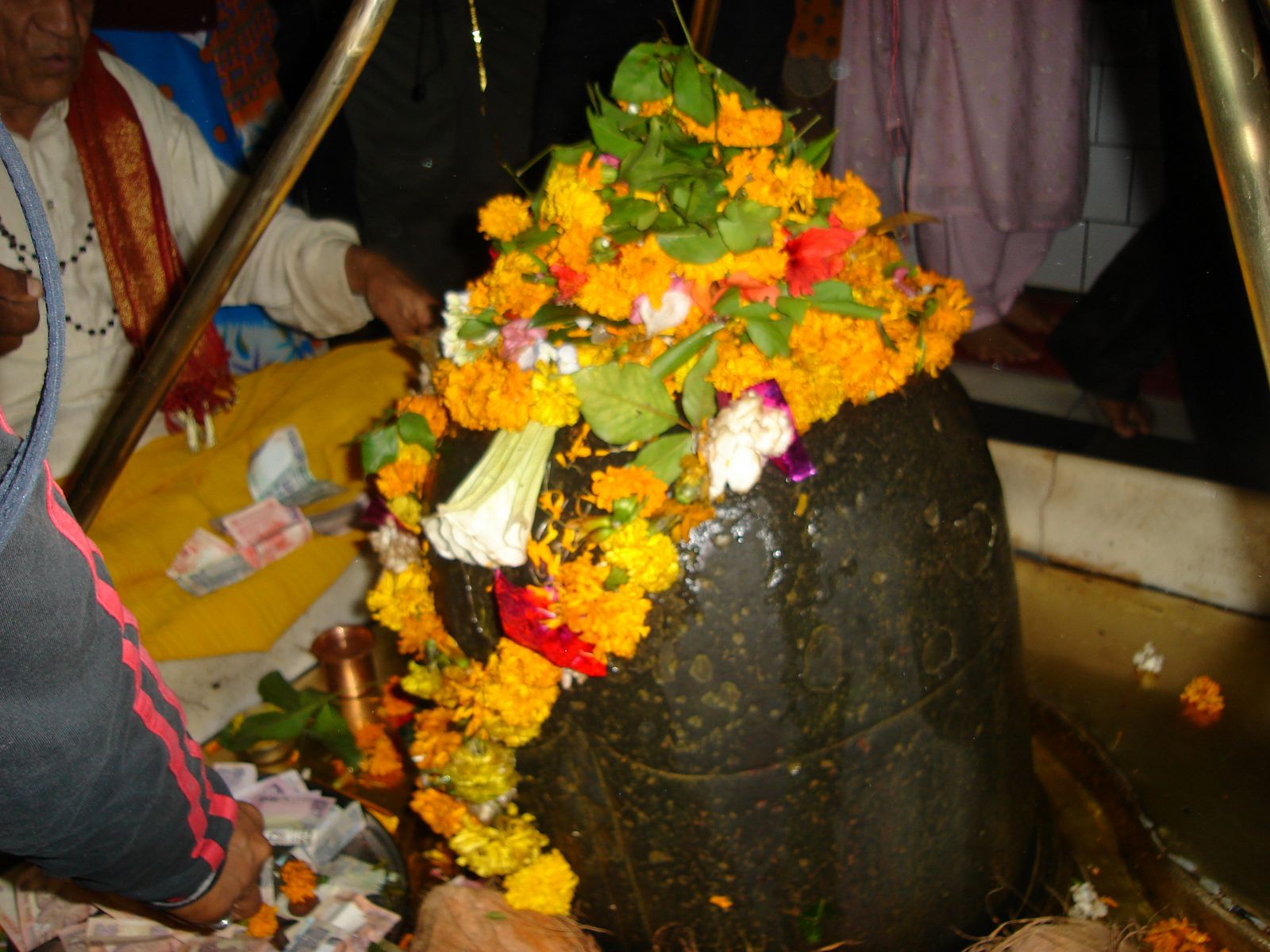DN Darshan: Kashi Vishwanath Temple, Varanasi

dynamitenews.com
Varanasi/ 18 Jan 2016. Dedicated to Lord Shiva, Kashi Vishwanath Temple is one of the most famous Hindu temples in the country. The majestic temple is situated in the heart of Varanasi- a beautiful city of Uttar Pradesh. A Jyotirlinga of Shiva is enshrined in the temple and its simple glimpse is a soul-cleansing experience. The main deity is known by the name Vishwanatha or Vishweshwara meaning ‘Ruler of the Universe’. The temple which stands on the western bank of the holy river Ganga attracts lakhs of visitors not only from India but across the globe.

Architecture
The temple is 15.5 meter high gold spire and gold dome. There are three domes, each made up of pure gold. A small well called the ‘Jnana Vapi’ or ‘Gyaan Vapi’ meaning wisdom well sites to the north of the main temple. There is a Sabha Griha or congregation hall leading to the inner sanctum. Enshrined in the sanctum, the holy ‘linga’ is made up of black colored stone and is palced on a silver platform. The structure of the temple is composed of three parts. The first compromises a spire on the temple of Lord Vishwanath or Mahadeva. The second is gold dome and the third is the gold spire atop the Vishwanath carrying a flag and a trident.
History
The temple, mentioned in the Puranas including the Skanda Purana, has a long history of construction and destruction. The original Vishwanath temple was destroyed by the army of Qutb-ud-din Aibak in 1194 CE, when he defeated the Raja of Kannauj as a commander of Mohammad Ghori. The temple was rebuilt by a Gujarati merchant during the reign of Delhi's Sultan Iltutmish. The last structure was demolished by Aurangzeb, the sixth Mughal emperor who constructed the Gyanvapi Mosque on its site. The current structure was built on an adjacent site by the Maratha monarch, Ahilya Bai Holkar of Indore in 1780. Since 1983, the temple has been managed by the government of Uttar Pradesh.
Legend
As per Shiva Purana, once Brahma - the God of creation and Vishnu- the God of Harmony had an argument in terms of supremacy of creation. To test them, Lord Shiva pierced the ‘Triloka’-three worlds as a huge endless pillar of light, the Jyotirlinga. Vishnu and Brahma split their ways to downwards and upwards respectively to find the end of the light in either direction. Brahma lied that he found out the end, while Vishnu accepted his defeat.
Lord Shiva appeared as a second pillar of light and cursed Brahma that he would have no place in ceremonies while Vishnu would be worshiped till the end of eternity. The Jyotirlinga is the supreme part-less reality, out of which Shiva partly appears and the Jyotirlinga shrines are those places where Shiva appeared as a burning column of light.
The Manikarnika Ghat on the banks of Ganga near to the Kashi Vishwanath Temple is considered as a Shakti Peetha, a revered place of worship for the Shaktism sect. The mythology of Daksha Yaga, a Shaivite literature is considered as an important literature which is the story about the origin of Shakti Peethas. It is said that Shiva came to the Kashi Vishwanath Shrine through Manikarnika after the death of Sati Devi.
 Dynamite News
Dynamite News 